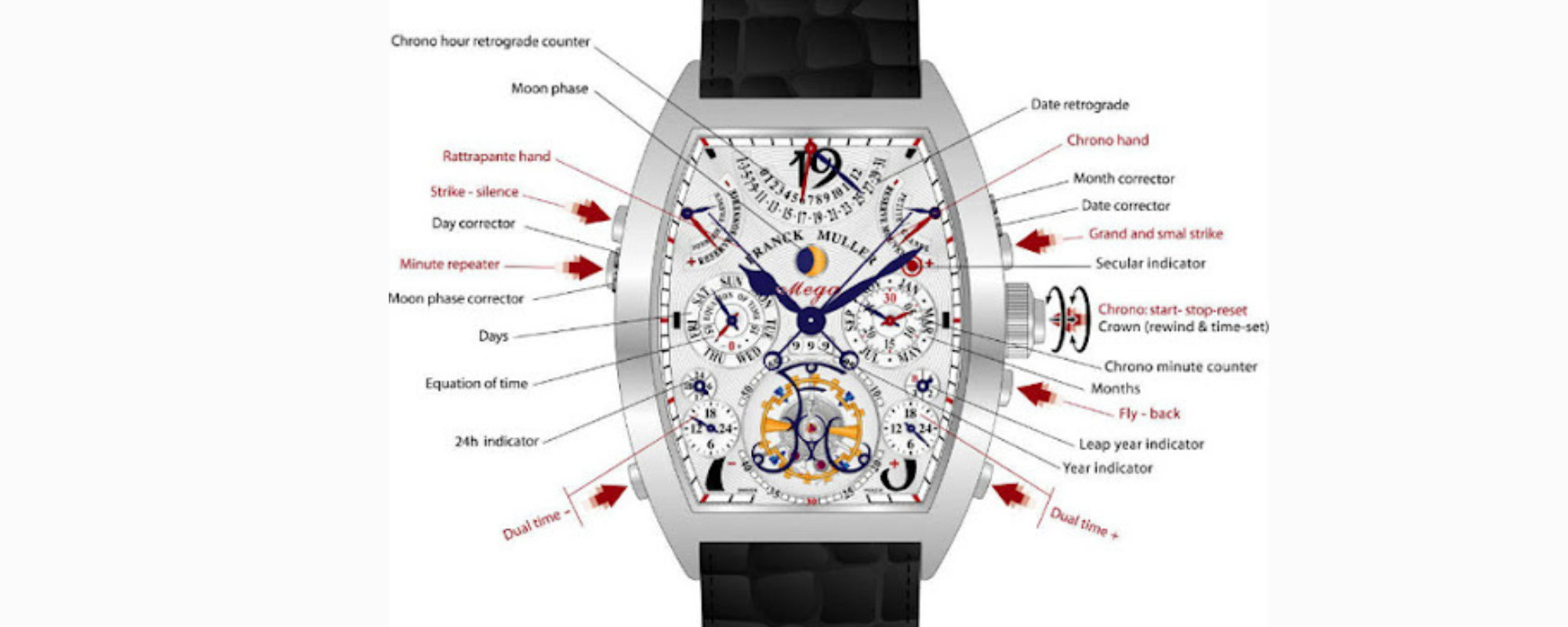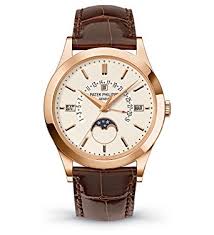Watch complications not only enhance functionality, they signal prestige and reflect the sophistication of the wearer.
🕰 The rise of horological engineering began in the second half of the 17th century, when time indicators started to gain additional mechanical elements that served not just practical, but also symbolic and aesthetic purposes.
The first recognized complication was the perpetual calendar, invented by Thomas Mudge, the royal British watchmaker who also crafted a model for King Ferdinand VI of Spain featuring quarter-hour indication. His most important invention was the lever escapement, the “ticking heart” that improved accuracy and consistency — still used in mechanical watches today.
Later came:
the first chronograph (by George Graham)
the minute repeater (mid-18th century)
🔢 Types of Complications (Grouped)
1️⃣ Standard — date display, annual or moon phase calendars
2️⃣ Rare — tourbillon, minute repeater, split-seconds chronograph
3️⃣ Functional — chronograph, GMT, world time, dual time zone
Each complication is a result of precision, mastery, and artistry. These features often represent the legacy and technical DNA of the brand, which:
invests years of R&D and craftsmanship 🛠️
releases pieces in limited numbers 📦
tells stories of heritage and innovation 📜
Such watches become investment-grade rarities admired by collectors around the world.
🔝 Top 6 Swiss Watch Complications
1. 📅 Date & Day of the Week
One of the most common complications — now considered almost basic.
📌 Formats: single window, scale-based, or “big date” with two separate numerical windows.
Often includes day-of-the-week indication as well.
Practical for daily use, business travel, and scheduling across time zones.
2. 🗓 Perpetual Calendar
Automatically adjusts the following:
day of the week
date
month
leap years
🧠 Usually programmed up to the year 2100. No manual correction required until then. Considered part of the Grand Complication category.
Operated via one button or the crown — a sophisticated yet user-friendly feature in many high-end models.
3. 🌙 Moon Phase
Displays the current phase of the Moon — new moon, full moon, first quarter, or last quarter.
📌 While often aesthetic in nature, it’s valued by:
astronomy enthusiasts
farmers and sailors
lovers of tradition, mysticism, or horological art
Moon phase indicators often feature miniature hand-painted scenes — true craftsmanship on the dial.
4. ⏱ Chronograph
A stopwatch function inside a mechanical watch.
Can include:
single central second hand
multiple sub-dials
flyback function — resets and restarts with one press
🎯 Accuracy ranges from 1/20 to even 1/1000 of a second in modern high-performance models.
Essential for:
pilots
divers
racers
athletes
navigators
5. 🌀 Tourbillon
A rotating cage of components (balance, escapement fork, and wheel), first created by Abraham-Louis Breguet in the late 1700s.
⚙️ Designed to counteract the effects of gravity on timekeeping accuracy.
Types:
classic tourbillon — mounted with upper and lower bridges
flying tourbillon — only one bridge, often displayed through an open dial or caseback
Tourbillons are both technically complex and visually mesmerizing — a sign of ultimate craftsmanship and exclusivity.
6. 🔔 Minute Repeater
The most musical of complications 🎶
🛎️ Chimes the current time:
hours
quarter hours
minutes
Sounds are produced by tiny hammers striking gongs inside the case — often playing melodic tones of different depth and pitch.
One of the most difficult complications to master, featured in top-tier Grand Complication collections.
🕰 Brands such as Patek Philippe, Vacheron Constantin, Audemars Piguet, and Breguet consider complications part of their heritage and brand identity.
Each watch equipped with these mechanical marvels is:
an object of beauty
a technological achievement
a collectible with long-term value



